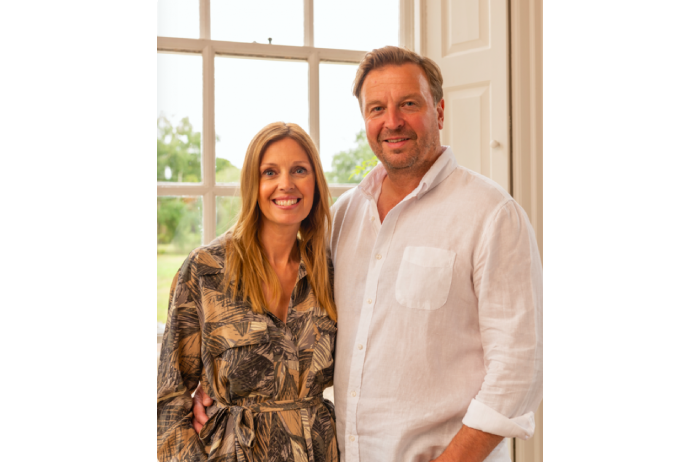Warner Through Time
1839
At the tender age of eleven, Benjamin Warner and his mother took over his father’s business, that of jacquard builder and harness maker. Based in Spitalfields at No.5 Punderson Place, his mother managed the work and the order book whilst Benjamin attended evening classes at the Spitalfields School of Design.
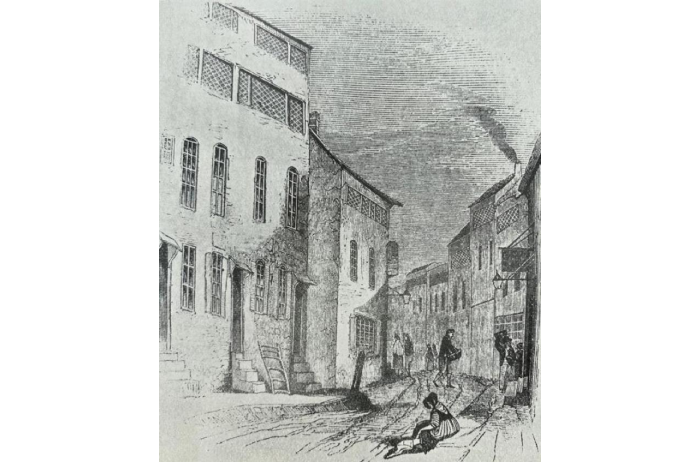
1870
In 1869, a formal business partnership was agreed between Charles Sillett, Wager Ramm and Benjamin Warner. This new company took effect from 25th March 1870 and was to last until Benjamin went into partnership with his sons.

1873
The Midland Grand Hotel St Pancras (now St Pancras Renaissance London Hotel) was designed by George Gilbert Scott and opened in 1873. Warner, Sillet & Ramm engaged with designer and architect, Owen Jones, to design the silk that was to adorn some of the rooms. The silk damask was called ‘Turkish’, also known as ‘Persian’, and was woven in 1871 by Charles Watson. The opulent and innovative features of The Midland Grand Hotel, including the installation of new hydraulic lifts, were aimed at the weary noble traveller of the railway.
Owen Jones (1809-1874) was an architect, designer and originator of the publication The Grammar of Ornament, with the silks he designed being just a small part of his artistic cache. Between 1830 and 1837, Jones travelled widely throughout Europe and into Greece, Turkey and Egypt, where he studied architecture and ornamentation. It was these studies that informed his decorative arts patterns of the Aesthetic era.

1891
In 1891, Benjamin Warner went into partnership with his sons, Alfred and Frank, with the firm becoming Warner & Sons. This title lasted until 1987, when it was changed to Warner Fabrics Ltd.

1893
On 6th July 1893, Princess May of Teck married H.R.H Prince George, Duke of York, with the Princess wearing a dress made from fine silk and silver thread sewn by Linton and Curtis of Abermale Street, London. The pattern was designed by Arthur Silver of the Silver Studio and woven by Warner & Sons at Hollybush Gardens in London.
The design was chosen from a series of 15 called ‘The May Silks’ and at the request of the Princess, the design was altered from May Blossom to Lily of the Valley.
Arthur Silver (1853-1896) founded the renowned Silver Studio in 1880. The studio created and employed some of the most famous names within the decorative arts field. At its height, it was known to produce over 800 designs a year. In 1901, Rex Silver, Arthur’s son took over the business and ran it until 1963.
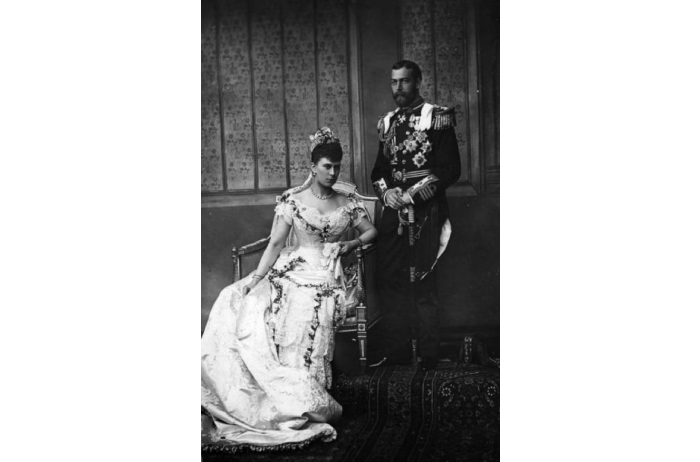
1894
In 1894, Warner acquired the premises and business of Daniel Walters, a silk weaver of some magnitude, who had woven cloth for the Royal Household and was a winner of many prestigious prizes. The purchase comprised of the looms, patterns and premises, the latter being New Mills in Braintree which was one of the largest silk weaving complexes in the country. By 1910, Warner had closed their Bethnal Green factory and transferred all but a handful of cottage weavers to the new site.

1900
The firm provided opulent silks to the railways and railroads of America, gaining their first order with Pullman Co Inc in 1900. The cloths were mainly for wealthy First-Class customers, with hard-wearing cloths also being provided for the other classes. Carriages were decked out in style and the discerning gentlemen could live in splendour for months whilst they criss-crossed the straits of America.

1901
In 1901, Warner opened an office and showroom in the United States of America, choosing to locate in New York City on Broadway and Twenty Second Street, a fashionable part of the city that was known as ‘The Ladies Mile’. In 1902, Warner won the commission to supply The White House for the renovation undertaken by Mrs Edith Roosevelt, supplying amongst other cloths a Neo-Classical silk called ‘Washington Border’ which was made into curtains.
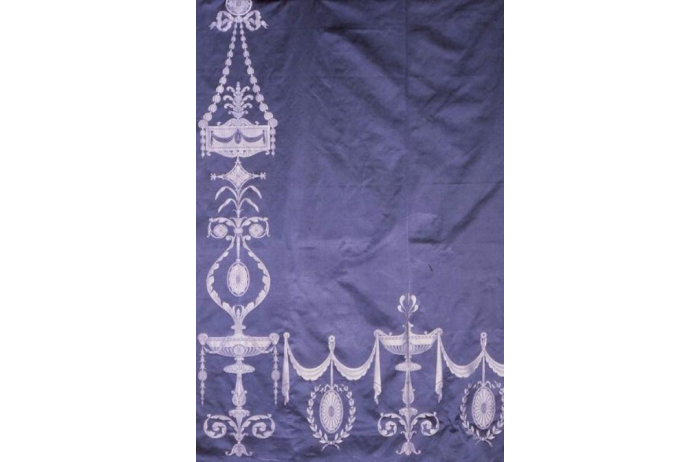
1902
For the 1902 Coronation of Edward VII and Queen Alexandra, Warner & Sons wove the Cloth of Gold, a cloth comprising of silk, gold and silver thread and was made into a tunic for the anointing ceremony of the sovereign. They also wove the silk satin for the Queen’s dress and the mantle for her robe.
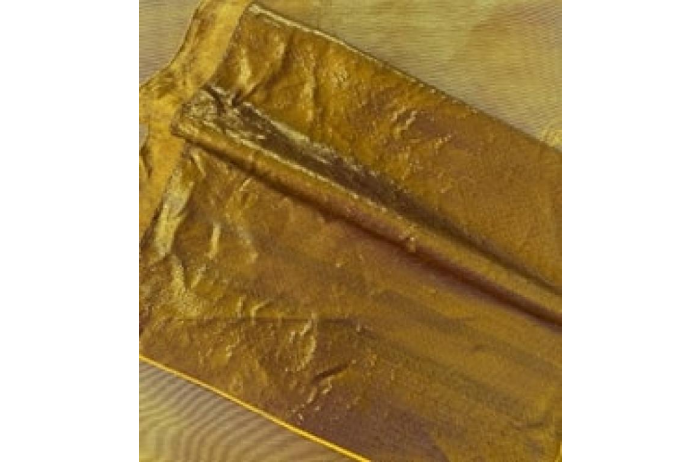
1905
The firm attended the Braintree Carnival during the 20th century. Here you can see the float, adorned with silks woven by Warner & Sons. Attending the float outside New Mills are (from left to right) Arthur Watson, Alfred Hodson, Thomas Wheeler, Charles Watson and Henry Spooner.
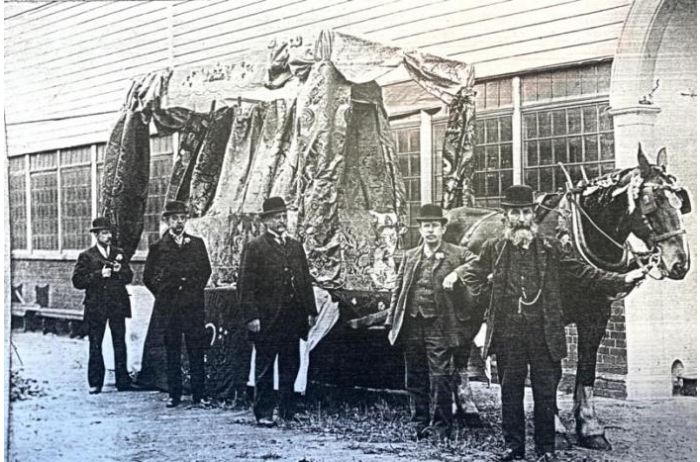
1911
For the 1911 Coronation of Their Majesties King George V and Queen Mary, Warner & Sons wove the Royal velvets, Cloth of Gold and the silk for the Queen’s dress, which featured lavish embroidery. They also wove the trousseau for her livery for the Coronation, producing two designs called ‘Reville’ and ‘Rossiter’.

1912
As president of the Silk Association, Frank Warner was responsible for organising and promoting the silk industry, both within the manufacturing element and to the wider public. In 1912, for the Silk Association of Great Britain’s 25th anniversary, a grand exhibition was held in Knightsbridge. The firm’s exhibition stand displayed all their significant fabrics alongside a fully working Jacquard machine.

1914
Frank Warner’s technical training in silk weaving allowed him to adapt the firms figured velvets into luxurious fabrics of three heights of silk pile, leading to his 1914 patent of the three-pile velvet. Only a small number of these cloths were woven due to the time-consuming nature of manufacture, with only 5-7 inches being woven a day, thus they were costly. These cloths were sent to South America, The Caribbean, the Swedish Royal family and for use as curtains in stately homes within Britain.

1915
In 1907, upon his father’s failing health, Frank took charge of the silk weaving side of the business. He continued to work in partnership with his brother, Alfred, until Alfred retired in 1915, leaving Frank as sole owner. Frank was already involved in the education of the textile industry, being President of the Silk Association of Great Britain and on the Board of Education. During World War I, he was on The Board of Trade and it was for his work on this board that he was knighted in 1918. His support for the silk industry lead to him writing the publication The Silk Industry in 1921, with his technical ability and understanding of weaving leading to his continued promotion of good design and patent of three pile velvets.
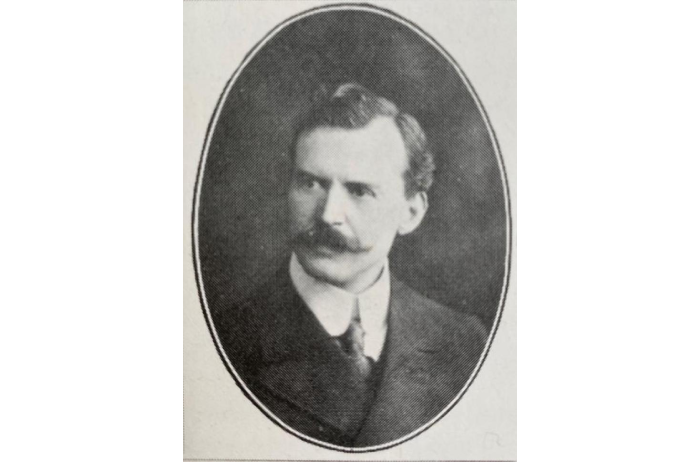
1922
In 1922, Princess Mary, the only daughter of George V and Queen Mary, married Viscount Lascelles, later 6th Earl of Harewood. Warner & Sons wove the satin for her dress and that of her attendants.
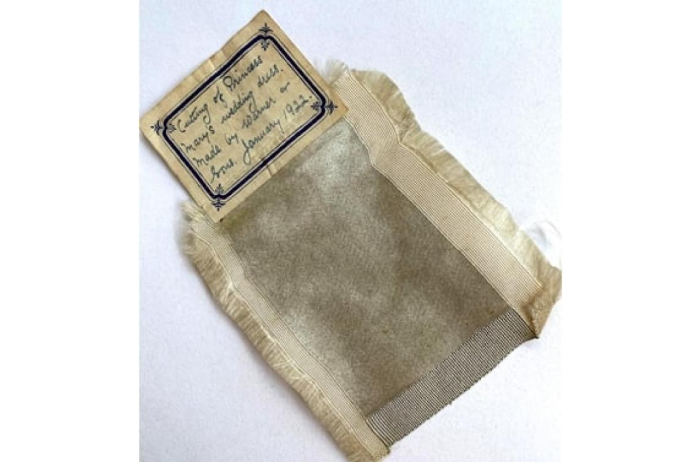
1924
From 1919, the firm paid for recreational day trips for employees to destinations such as Cambridge, Maldon, William Morris’s Red Brick House and to see the Dartford factory in Bexleyheath. In 1924, Frinton-on-Sea was the location of choice. These trips proved popular with staff, with up to ten Charabancs being ordered for each trip.

1926
In 1926, the firm took the decision to buy the Dartford Printworks off the company Newman, Smith & Newman. Here the firm printed its traditional floral chintzes alongside radical contemporary designs by new designers. In this photograph, the floral linen ‘Penshurst’ is being printed.

1928
In 1928, Ernest Goodale (1896-1984), a solicitor married to Sir Frank Warner’s youngest daughter, joined the company. In 1930, he became managing director and made radical changes to the firm during the 20th century. He worked tirelessly for the firm, promoting good design through The Council of Industrial Design and The Royal Society of Arts, and being actively engaged in the work for World War II. He was knighted in 1952 for services to the textile industry.
Image © The National Portrait Gallery
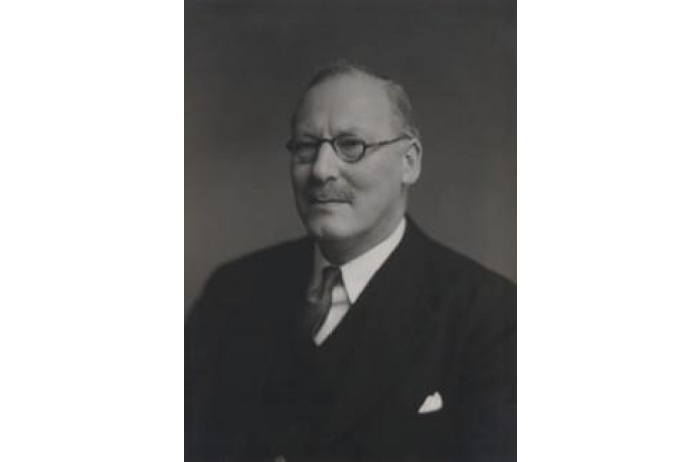
1933
In 1933 the firm was granted the Royal Warrant, having supplied the Royal family with silks and furnishing fabrics since 1885, undertaking work at many Royal residences.

1936

1937
The Coronation of Their Royal Highnesses George VI and Queen Elizabeth was undertaken in a rush due to the abdication of Edward VIII, leaving only six months to get the supply sorted. Warner supplied all the Royal Purple velvets for their Majesties’, the crimson velvet for the Duchesses of Kent and Gloucester and the crimson velvet for the King in waiting. They also supplied the satin for the Queen’s dress, the satin for the Princesses dresses and the Cloth of Gold.

1939
The firm moved its offices and showroom from Newgate Street to 77 Wells Street in the West End of London. The new showroom was designed by Oswald Milne and was much larger, allowing for more daylight into the space. They stayed here until 1959, at which point they moved to Mappin House on Winsley Street, London.
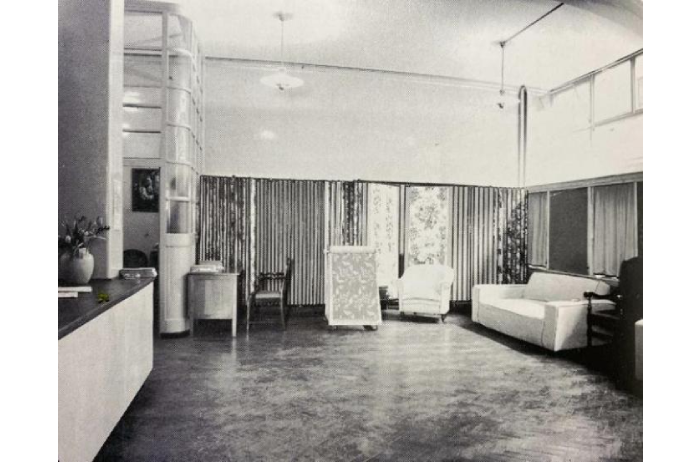
1940
At the height of World War II, New Mills undertook the weaving of large amounts of parachute silk, both in silk and nylon. The firm also wove cartridge bag cloth, shell covers, caps and arm bands for the Royal Navy. The most secretive operation of all was the very fine silk which was woven to have a map printed on it. This was either given to airmen flying over enemy territory or was sent to Waddington’s to be hidden within the Monopoly game set to allow British and US captives to escape prisoner of war camps. In order to disguise this order, it was often listed as being woven for fictitious Royal persons.

1949
On 26th October 1949, HM Queen Elizabeth (The Late Queen Mother) visited the Braintree factory in New Mills. The Queen was able to see the peach coloured silk called ‘Porchester’ which was being woven. She took a great interest in the silk industry and noted that the firm had woven for every coronation for the Royal Family.
This picture features Mr L St John-Tibbits, Sir E Goodale, Ron Lamb the weaver, HM Queen Elizabeth, Lady Goodale, Mr Wm Doe & Mr A Hunter.
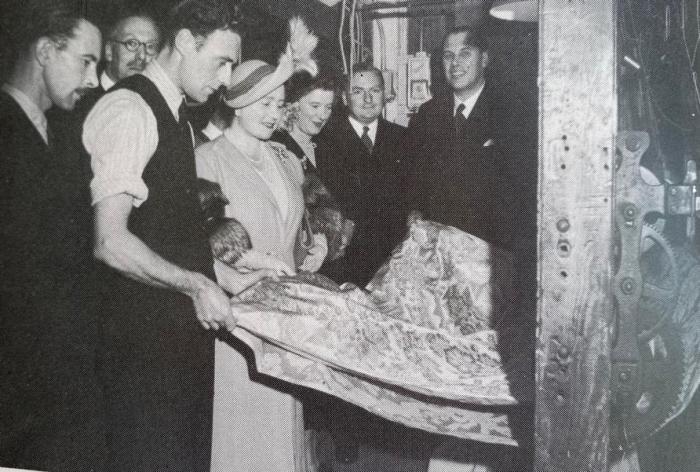
1951
The Festival of Britain was the centennial celebration of the Great Exhibition of 1851. Based on the South Bank in London, this exhibition was viewed as a way of empowering Britain out of the austerity of World War II, providing a showcase to new designs and talent. Warner & Sons provided the textiles for the Festival Pattern Group and based the cloths images on crystal structures which were seen under a microscope. Marianne Straub and Alec Hunter provided three designs; Harwell, Surrey and Hemsley. These designs were used for curtains and upholstery in the Regatta Restaurant. Marianne Straub (1909-1994) came to work for the firm in 1950, when it acquired the looms and designs from the company Helios. Her innovation and technical ability allowed the firm to be at the cutting edge of radical and new design ventures, bringing the fabrics in on budget. She left the firm in 1970 to teach, while also providing one off commissions from her Cambridge Studio.
Image © The National Portrait Gallery
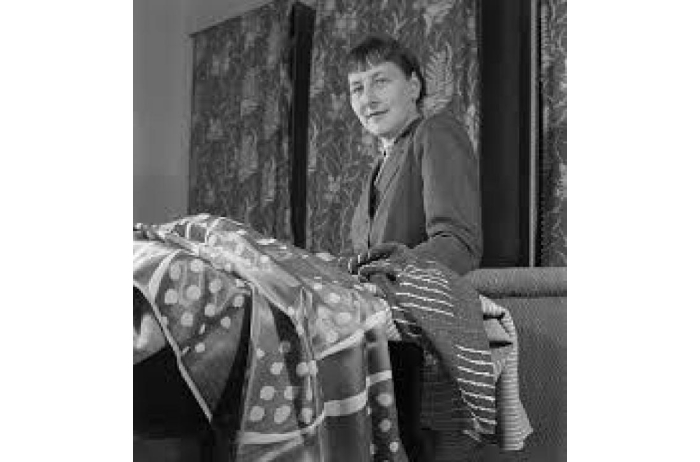
1953
For the Coronation of Queen Elizabeth II, the firm was fully engaged, weaving all the velvets, satins and damasks for the Throne, Chair of Estate, Cloth of Gold and faldstools, along with 1,600 yards of Queensway fabric that adorned the Abbey frontals and silks for the surrounding parts of the Abbey and carriages. Such was the workload and interest that the firm opened up its weaving sheds to show the general public the fabric being woven at close quarters. This proved very popular with people queuing outside for hours to see the cloths.
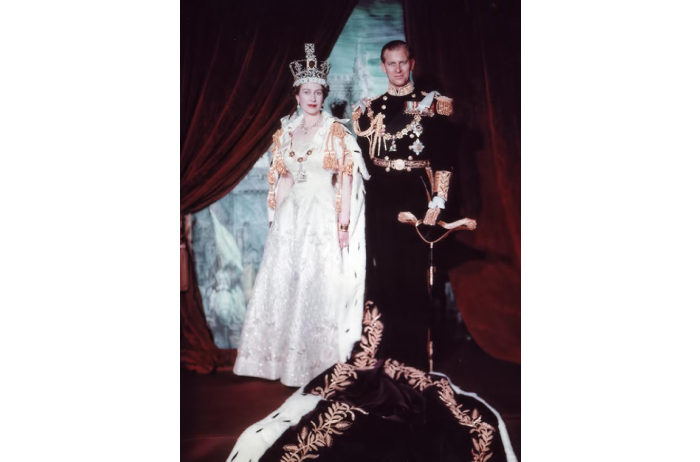
1963
Eddie Squires (1940-1995) joined the design team in 1963 and took charge of the print department in London, whilst the woven team were based in Braintree. He became Associate Director in 1971 and in 1993, he took on a design consultancy role at the firm until his death in 1995. He continued with the firm’s tradition of using up-and-coming designers to provide an eclectic look, whilst balancing the reinterpretation of the traditional floral chintzes which were the mainstay of the firm’s order book.
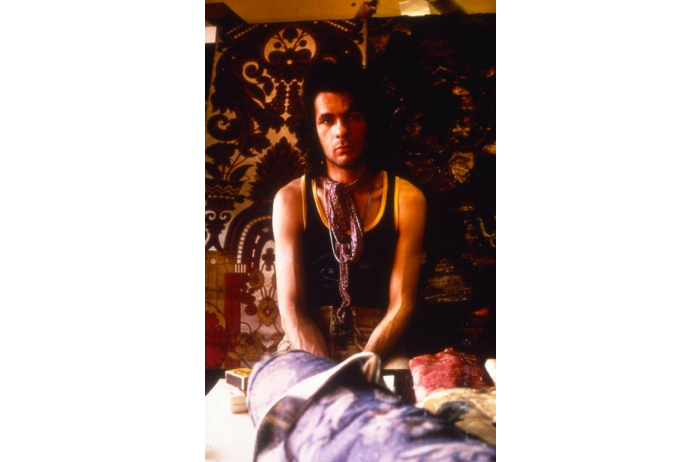
1970
A Centenary of Design at the V&A Museum
Warner & Sons, with the collaboration of the Victoria & Albert Museum, held their 100th Birthday Exhibition called ‘A Centenary of Design’. Hosted at the Museum, the event showcased some of their best designs and fabrics from their remarkable history. Sir Ernest Goodale wrote the accompanying book ‘Weaving & the Warners’, again highlighting significant fabrics produced by the firm.
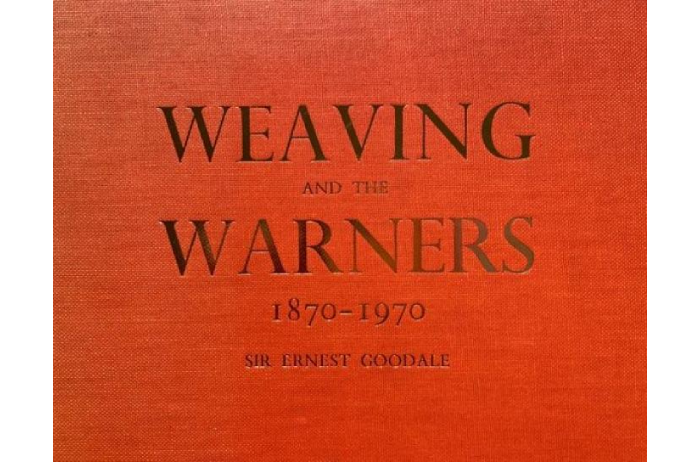
1971
In 1971, the firm recognised that weaving and maintaining a large factory was not profitable. This led to the closure of the New Mills factory, with business shifting to that of predominantly printed cloth wholesale.
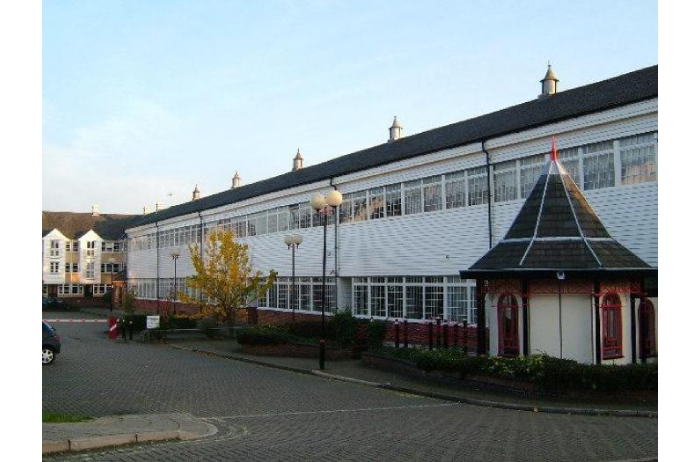
1984
The Arts Council of England launched an artist-driven exhibition called ‘The Four Rooms’, in which the artists Howard Hodgkin, Marc Camille Chaimowicz, Richard Hamilton and Anthony Caro were each invited to design a room. Warner & Sons was selected to provide the fabrics for the exhibition.
© Howard Hodgkin, The Four Rooms Exhibitions 1984, The Arts Council
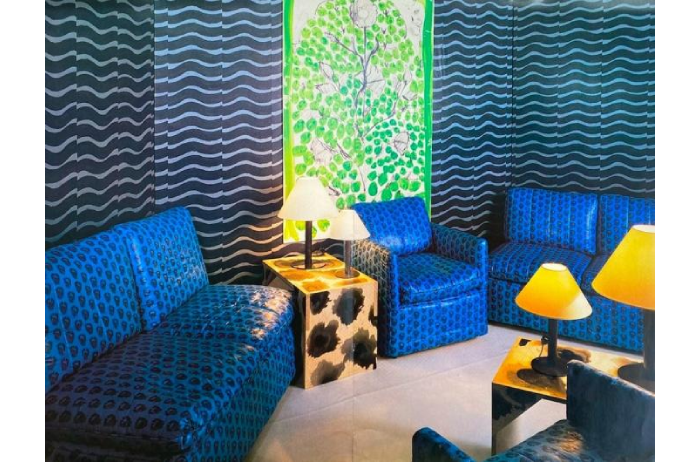
1987
In 1987, the firm changed its name from Warner & Sons Ltd to Warner Fabrics Ltd. The Mulberry tree logo formed part of the company from 1891 until 1990s, being referred to as ‘a sign of fine design’
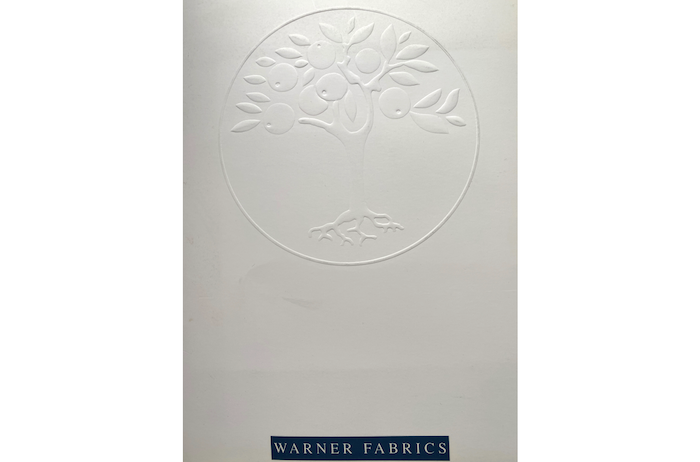
1993
In 1993, the firm brought out an accessory range of trays, notebooks, picture frames and diaries. These pieces used the current collection’s cloths as the covers or basis of design for each item.

1995
To celebrate the firm’s 125th anniversary, a historical exhibition was held in 1995 in partnership with The British Red Cross who were also celebrating this milestone. The firm also launched a silk collection celebrating its 125 years of quality workmanship.

2004
In 2004, the firm’s historic archive was sold to The Braintree District Museum Trust and moved back into the weaving sheds of New Mills at Braintree becoming a museum as well. Now the wider public can enjoy this incredible firm’s history.

2020
In 2020, the firm was acquired by husband and wife team Lee and Emma Clarke. Aware of Warner’s achievements over the past 150 years, the Clarkes were enthralled by this prestigious company and saw the opportunity to continue this historic tradition, determined to bring this design excellence to the 21st century consumer.
